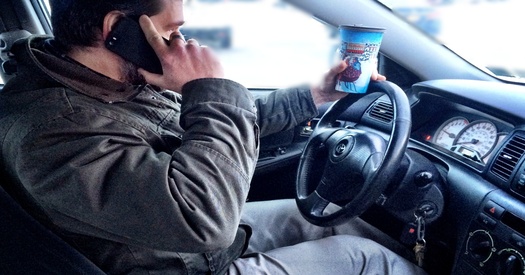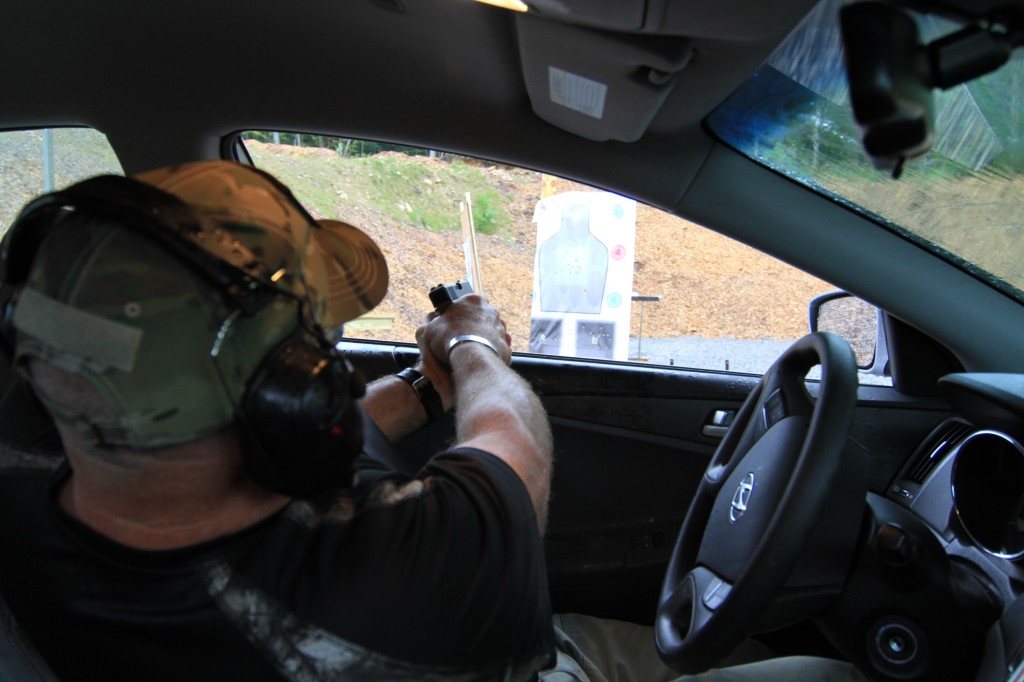The process or a period of changing from one state or condition to another. “Students in transition from one program to another.” Synonyms: change, passage, move, transformation, conversion, metamorphosis, alteration, handover, changeover.
Structures, vehicles, armed, unarmed, standing or grounded: transitions are points of vulnerability. These include:
- Transitions between locations
- Transitions in and out of vehicles
- Transitions between rooms
- Transitions between positions
- Transitions between techniques
- Transitions between force options
- Transitions between thought and action
Transitions
Applied to personal protection, transitions are points between actions, spaces, pauses, holes, where a thought process overrides action. Should I move left or right? Should I split this door rapidly or more cautiously? Should I throw a jab-cross or go for the double leg? Thought in the midst of action; multitasking. Personal protection training should limit the time spent on this thought, in these transitions. It should provide the end user with rapid assessment and actionable decisions, tactics and skills to immediately transition from one situation, position, required technique or force option to another. However, this requires a level of multitasking that we humans are, generally speaking, bad at. Multitasking during low-stress activities can be difficult. So how will you multitask during a high-stress combative situation like an assault, carjacking, mugging or kidnapping?

None of us truly multitask. Research shows that we are biologically incapable of processing attention-rich inputs simultaneously. Photo: author
www.personaldefensenetwork.comMultitasking
None of us truly multitask. Research (John Medina, Brain Rules) has shown that we are biologically incapable of processing attention-rich inputs simultaneously. So what does that mean for those of us interested in personal protection and “tactical multitasking”? It means that through training, practice and repetition, the holes, the transition times required to switch between inputs, can be reduced. At its highest level, this is called unconscious competence, wherein you function or perform multiple tasks seemingly on autopilot. Think about driving a car, walking and talking, or performing a daily job that you “didn’t even think about” but just did.
Pressure, Mobility, Position and Timing
Until a level of unconscious competence has been attained at any given task or skill set via perfect repetition, pressure, mobility, position and timing may provide opportunities to transition effectively.

Pressure, mobility, position and timing may provide opportunities to transition effectively. Photo: author
www.personaldefensenetwork.comMobility: In any combative environment, mobility is a survival skill. Mobility offline, angling and zoning all provide momentary opportunities to task switch.
Position: Achieving a positional advantage or dominant position in hand-to-hand, shooting, driving or structure work provides a window of time to task switch. If a positional advantage is not achieved, there is no time envelope or opportunity to perform another task because focus is on the current, perhaps life-threatening, problem.
Timing: None of the above work well without an understanding of proper timing or “when” to utilize one of the above in order to create moments of opportunity to task switch.
Train, Practice, Test
Training provides the knowledge base of skills that should be performed and an idea of when those skills can and should be applied based on the experiences of an instructor. A varied instructional knowledge base provides the greatest number of skill development options and allows one to determine what works for them and what doesn’t.
Individual perfect practice ingrains learned skills, imprinting the movements and developing neural pathways for efficient application of skills.
Testing develops the ability to determine when specific skills can and should be applied. Testing provides a baseline of your transition times, decision-making and ability to task switch effectively. Testing via pressure-driven training or practice is the only method with which to determine if your transitions are points of vulnerability. Train, practice and test.


Is good to read your articles and watch the free videos, because is a requirement for own our safety be the first responders in any situation. Regards from Santiago, Chile.
I'm gone to convey my little brother, that he should also pay a visit this blog on regular basis to take updated ffrom latest gossip.
I'll try again. The website deleted the key word in my original post. -- When you come across small print press and HOLD the "CTRL" key and then "roll" the mouse WHEEL forward to increase the text size. Roll it back to reduce it. Rob L
Gene, When you come across small print press your key and then "roll" the mouse WHEEL forward and the text size will increase. Roll it back to reduce it. Rob L
I would like to read your articles, but this print is either not large enough, or it isn't bold enough for my tired old eyes.